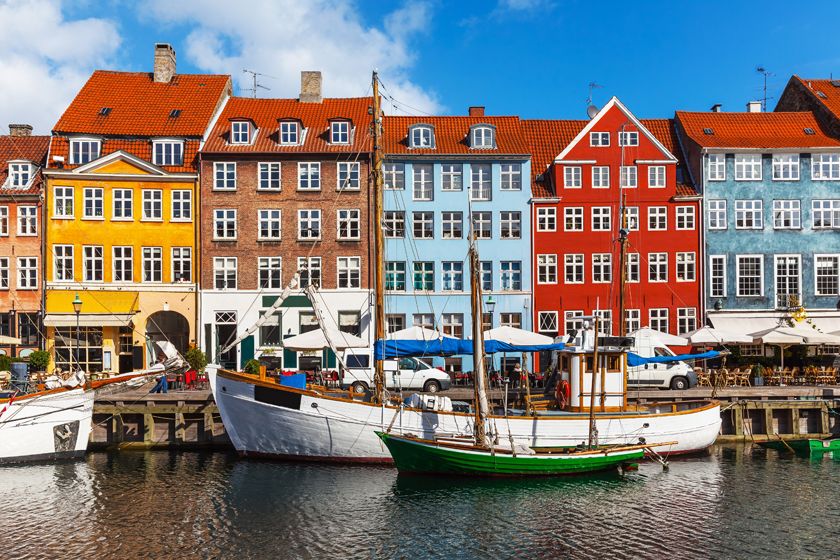It’s something of a shame that here in Britain we don’t much go in for national celebrations. We prefer our public holidays to be just that – a holiday. However, each year – on the seventeenth of May – our Norwegian cousins celebrate their Constitution Day, marking the date in 1814 when the country’s independence from Sweden was signed. Today, party-goers young and old take to the streets in grand parades complete with traditional dances, marching bands and open-air feasts. Perhaps a holiday celebrating Britain’s 5th-century emancipation from its Roman oppressors is in order? Either way, it’s one of the best times for a Norwegian holiday (and might we recommend this one?).
The day is also a chance to experience the country at its traditional best. Begin with a typical breakfast of freshly baked bread, smoked salmon and scrambled eggs – champagne is optional – before heading out to admire the bunad costumes, worn by almost a third of the population. Costing up to £3,000, they consist of a white linen undershirt and a woollen dress overlay, intricately embroidered with motifs and patterns, specific to its wearer’s ancestry and birthplace. When combined with the halling – an acrobatic folk dance set to fast paced fiddle music – it’s a truly charming sight. For grander musical accompaniment, the drums, brass and woodwind of the parades set the tone for the carnival atmosphere.

Unsurprisingly, one of the best places to experience syttende mai is Oslo. As in the rest of the country, there’s no military posturing; while the Royal Guards feature, it’s their marching band that takes centre stage. Instead, celebrations focus on children’s parades with over 100 schools represented. School banners are unfurled and homemade Norwegian flags are proudly swung. And, after the route passes the cathedrals and parliament buildings of Karl Jogans Gate – the city’s historic central road – it culminates at the 19th century Royal Palace. Anyone can join behind the official group as, unlike our Buckingham Palace equivalent, revellers can go right up beneath the balcony, perhaps swapping waves with the King and Queen. The event draws upwards of 100,000 people to the city centre.
And, while children’s parades feature the length of the Norwegian curve, each city has its own take on proceedings; you can find events even in the tiniest of villages. Second city Bergen is famous for its Bow Corps, a youth organisation run entirely by the boys themselves. They march to a heavy drumbeat, carrying wooden rifles and, yes, bows as they continue a tradition that’s been unique to the city since the mid 19th century. Comedy troupes add yet more colour to the day. Then, in Trondheim – once the country’s Viking capital – they have something known as the Borgertoget or ‘Citizens’ Parade’. Following the schools, everyone from policemen to local football teams are represented in individual groups.
One last, more modern, tradition is the appearance of Russ students, celebrating their graduation from high school. Each wears a uniform overall – red for those going into higher education and blue for business – as they pile into home-decorated buses to form part of the festivities. They even create Russ newspapers and joke ‘business cards’ for themselves in what has to be Europe’s most extensive student party. However, having been celebrating for the past month, you might find the students a little quieter come the 17th.


